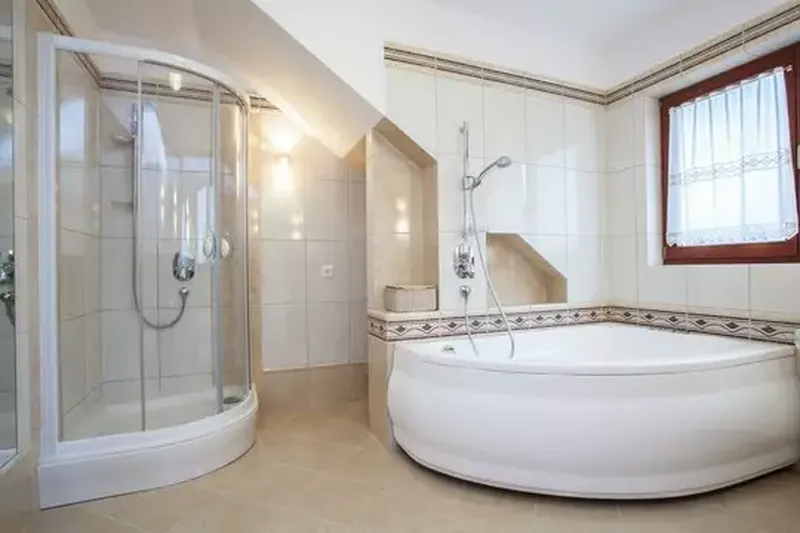What is the main component of polyester-glass laminates?
Composite materials are becoming increasingly popular in various industries, such as automotive, telecommunications and robotics. One such composite is polyester-glass laminate, which combines the advantages of polyester and glass fibres. What distinguishes these two components and why are they crucial in the production of laminates?
What is polyester-glass laminate and what is it used for?

Polyester-glass laminate is a composite material created by combining layers of polyester with glass fibres. It is characterised by high mechanical strength and resistance to water, weather conditions and chemicals. Thanks to these properties, they are widely used in the production of shower enclosures, shower trays, motorhome interiors, automotive canopies, machine enclosures and many other components.
Polyester as a matrix
The basic building block of polyester-glass laminates is polyester, which acts as a matrix. Polyester is a type of plastic made from terephthalic acid and ethylene glycol. It is a material with high mechanical parameters and resistance to water, oils and acids, which makes it ideal as a base for glass fibres. It determines the level of flexibility of the composite. Unsaturated polyester resins are used in the production of polyester laminates.
Advantages of glass fibres
However, glass fibres play a key role in polyester-glass laminates, as they reinforce the polyester matrix. They are a product made from molten glass. It is primarily the fibres that guarantee the strength of polyester-glass composites. They are resistant to mechanical deformation, corrosion, atmospheric factors and chemicals.



